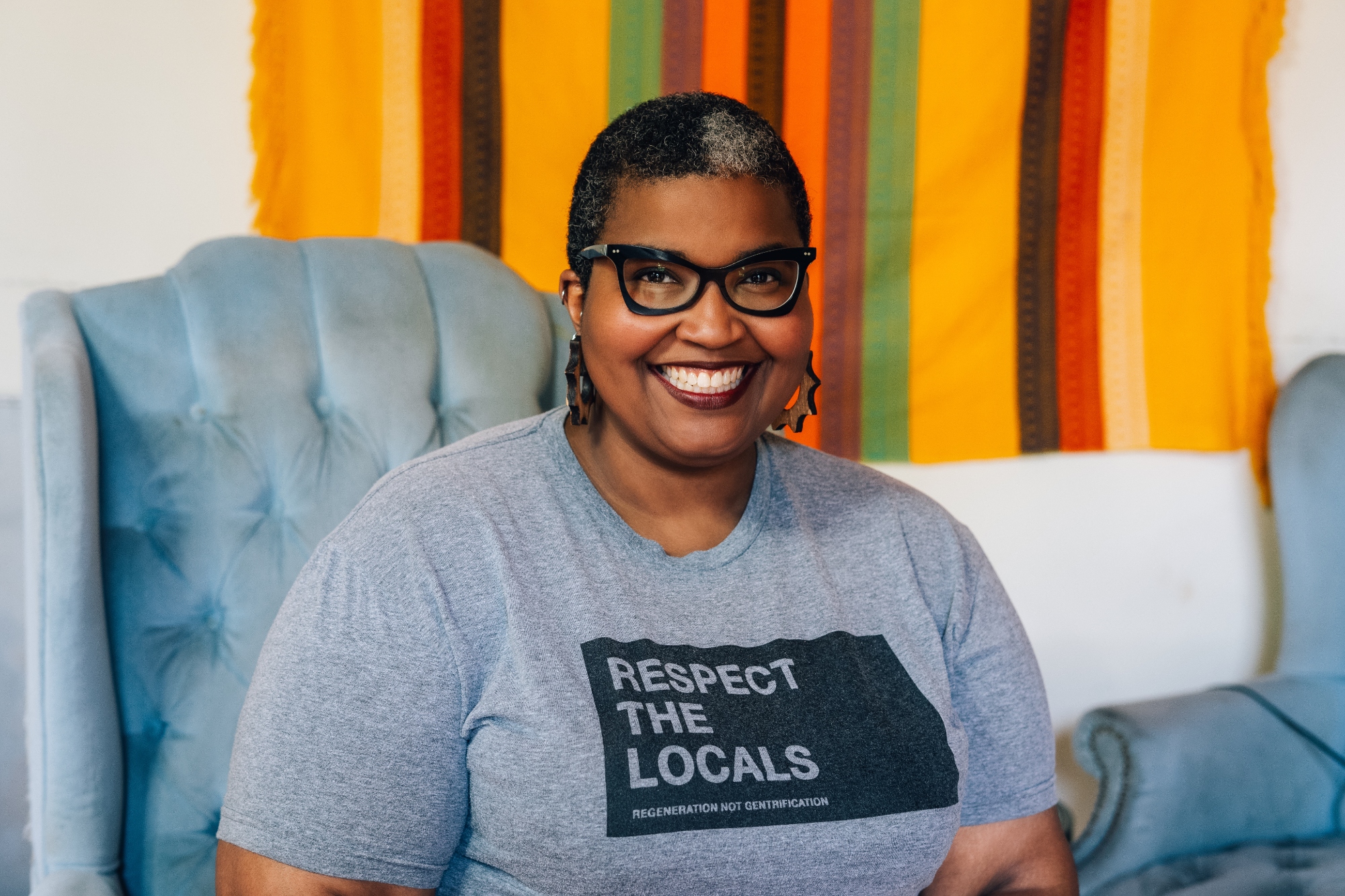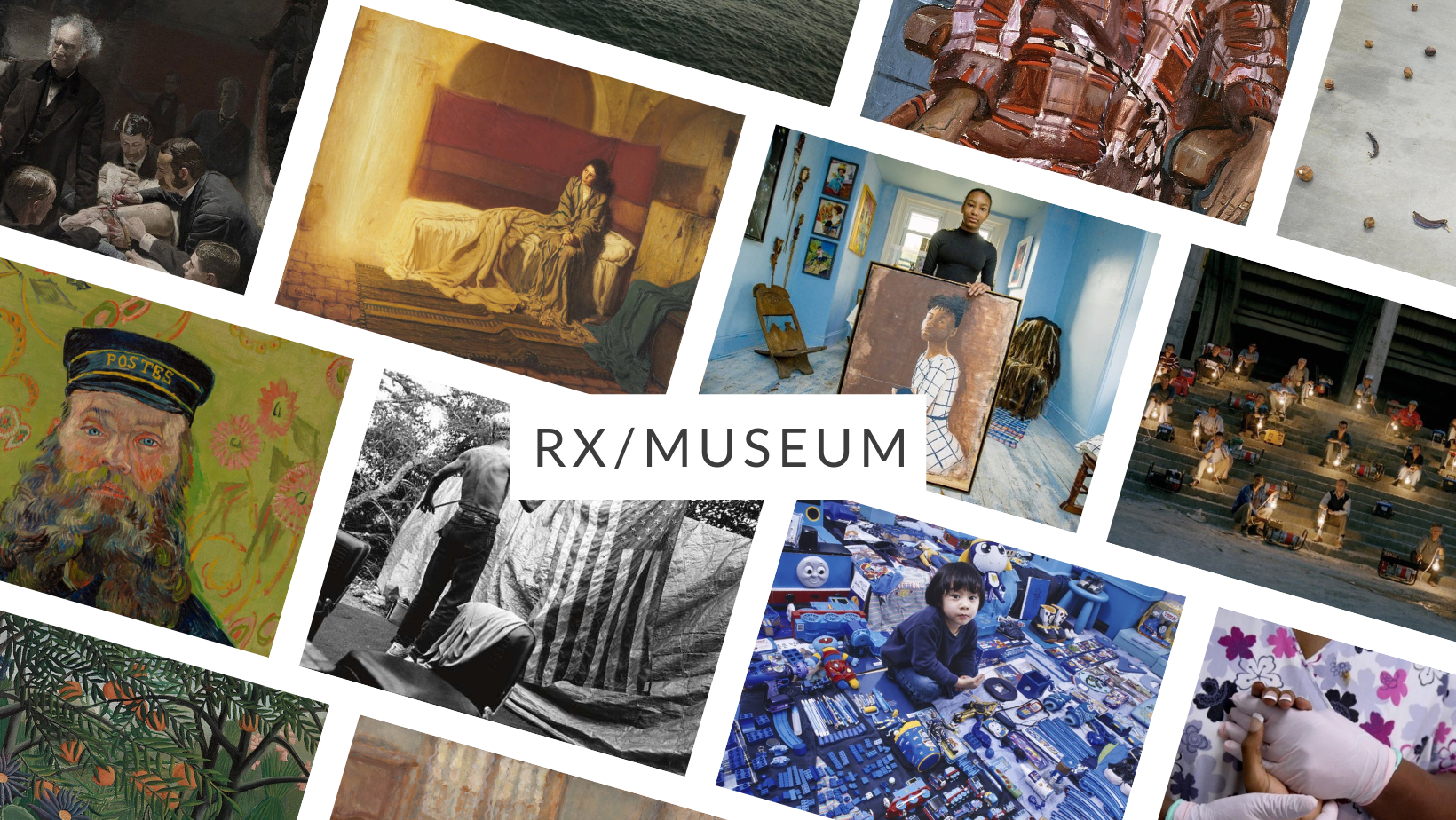
The Sachs Program for Arts Innovation, in its latest grant cycle, will fund 25 arts projects with $177,000 in funding. The grants support, among many other themes and explorations, work that asks bold questions about speculative futures, translates the stories of frontline workers during the pandemic into theater, and spotlights marginalized voices that might otherwise go unheard.
“With our annual grants, we’re always thinking about how we are supporting marginalized communities, thinking about balancing our concrete aims in doing that, and being responsive through calls for supporting Black and AAPI artists,” says Chloe Reison, associate director of The Sachs Program. “And I do feel that, with those particular calls especially, we are reaching more people and that’s contributing to the diversity of our more general pool.”
This year’s grant cycle continued a committee structure that began last year. Grant applications from faculty, staff, and students—largely graduate, with three undergraduate grantees this year—are pre-judged by a committee consisting of faculty, non-standing faculty, staff members, as well as former grantees.
“That’s another way for us to bring more voices and perspectives into our process,” Reison says. “We had the committees review the grants and then make their recommendation to the [Sachs] board, which is the basis for the board’s discretion for which project is awarded.”
One difference this year is that students were able to apply twice per year—once in the fall, once in the spring—to accommodate students’ unique needs.
“We’re trying to figure out the best approach for students,” says John McInerney, director of The Sachs Program. “Because the timeframe students work with is much tighter. Normally, you apply, and the project happens a year out, and this allows students to come up with an idea in the fall and get those resources to do it by Christmas. So, we definitely feel that was effective.”
Applications, for the most part, were only affected by the pandemic to the extent that proposals needed to have an in-person and virtual plan for projects. Student applications submitted in the fall also could not involve travel requests.
“In all applications, we asked everyone to address their COVID plans,” Reison adds. “The applications this year were slightly different [as a result], but also many were anticipating a future in which they could do things in-person again.”
“Everyone wanted to know that anything proposed was safe, especially for students,” adds McInerney. “And if you didn’t address that, that made it hard to get [approved].”
2021 Sachs grants: the winning projects
This year’s funding brings the total number of projects funded to more than 200 since The Sachs Program launched in 2017, funded by a $15 million gift from Keith and Kathy Sachs. These grants amount to approximately $1.1 million in funding for the arts, humanities, and creative practice.
The largest grant issued this year is awarded to Jamal Batts, who will serve as a curator in residence in the Weitzman School of Design’s Graduate Fine Arts Department. Batts is a transdisciplinary scholar and curator, as well as a doctoral candidate in the Department of African American and African Diaspora Studies at the University of California, Berkeley.
“We’ve always been excited about opportunities to insert artists in residence as practitioners, and what’s interesting about Jamal is he’s a scholar inserted into a department of practitioners, which can be equally productive,” says McInerney.
Reison adds that Batts’ curatorial practice meets the interests of the department’s students right now, while also opening opportunities for other academic departments and arts organizations in Greater Philadelphia to collaborate. Students will be able to interact with Batts and experience a sort of incubation space for curatorial pursuit. While he’s here, for several intensive weeks at a time during the fall and spring semesters, Batts will develop an exhibition based on his dissertation on moral panics, Black queer aesthetics, and the deconstruction of risk.
Another project funded by the 2021 grant cycle is Rx Museum: Art & Reflection in Medicine, a collaboration between Aaron Levy, a senior lecturer in the departments of English and History of Art, and Lyndsay Hoy, assistant professor of clinical anesthesiology and critical care in the Perelman School of Medicine. Alongside a consortium of educators, art historians, and clinicians, they will continue to evolve a project that began in the summer of 2020 as an initiative to bring clinicians and medical students together to examine and discuss art through the lens of medicine. Participants respond to the curated works based on targeted themes. The initiative has built a substantial digital audience since it began, and the grant will allow the project to continue, while making it more public-facing, engaging, dynamic, and accessible.
A theater project led by Marion Leary, director of innovation in the School of Nursing, also engages the medical community. Her project will ask frontline medical workers of the pandemic to talk through their stories, to then be translated into a series of digital theater works, produced by Elevate Theater Company LLC.
“[This project is] realizing the importance of being able to share stories, and both the therapeutic nature of being able to share one’s story and also the importance of hearing others’ stories, and so this theater group is collaborating to, rather than have frontline workers tell their stories, have their stories be made into pieces of theater through this process of dialogue,” explains McInerney.
The project is based on the recognition that some medical professionals might have stories to share but not be comfortable sharing them in the medical story slam environment that has become popular in recent years.
“It’s a historic moment for the world and particularly for health care,” he adds. “I think it’s important to have testaments to what’s happening and, particularly, with some people not yet realizing the impact and trauma health care workers have experienced, this is a really important project and a great example of how a project [we previously funded] can evolve; for us, it’s wonderful to see a project grow.”
Nikki Brake-Sillá, a project manager in the Perelman School of Medicine, will plan a theater piece and talkback session discussing the evolution of toxic Black masculinity. That project is currently seeking a space to stage its performance.
Clayton Colmon, associate director of instructional design for Arts & Sciences Online Learning, will teach the course “Designing Critical Futures” for Liberal and Professional Studies. The course is described as one he wishes he’d had as an undergraduate, centering on speculative futures, sharing projects in technologically mediated environments, and engaging with creative world-building practices that combat systemic oppression. The course examines core components of how change is made and leverages his knowledge designing online learning programs.
For the 2021-22 academic year, the History of Art Department, as part of its Living Land Acknowledgment Group, will organize the “Indigenous Arts in Focus” project, aiming to bring Indigenous artists, curators, and cultural leaders to elevate Indigenous voices in the Philadelphia region and beyond.
The Sachs Program also, for the first time, will fund a novel as part of this year’s grants, “The Serpent Will Eat Whatever is in the Belly of the Beast.” Marc Anthony Richardson, a lecturer in the Department of English who teaches fiction writing, will author a speculative novel “in which seven Black assassins are assigned to reciprocate violence inflicted on the Black community by taking the life of a white person, according to the day of the week that it happened.” The grant will support research for the work.
“Something we think a lot about is lecturers and adjuncts who don’t have the kind of resources made available to tenured faculty members,” says McInerney. “So, with this category [of Independent Creative Production Grants], we think about support we’re able to provide them in doing their work, and this is a proposal that just clearly made evident how much he is always innovating in his own practice.”
Another book project, by Zain Mian, a Ph.D. candidate in Comparative Literature and Literary Theory, will translate Muhammad Asim Butt’s 2018 novel “Bhed (The Secret)” into English from Urdu. Urdu is considered an under-translated language.
While this year’s grant cycle has closed, The Sachs Program is offering a new round of Ben Art Bucks Grants to meet an increasing demand for support during the pandemic. These are awards of up to $250 for individual students and student groups that can be made quickly available. Interested students can apply at SachsArts.org.









